The Cortex-M Experiment Box (CW32 version) is a development experiment device based on the CW32F030C8T6.
The CW32F030C8T6, launched by Wuhan Xinyuan Semiconductor Co., Ltd., is a cost-effective domestic MCU based on ARM’s Cortex-M0+ core, with a maximum clock frequency of 64MHz, 64KB of FLASH, 8KB of RAM, and in an LQFP48 package. It is fully compatible with hardware of MCUs like STM32F030C8T6 and STM32F103C8T6 (PINTOPIN compatible), and its software and firmware libraries are consistent with STM32 style, allowing for quick onboarding. Additionally, it offers better performance than STM32 and similar domestic MCUs, with a full range supporting 1.65~5.5V power supply, lower power consumption, higher anti-interference capability, and operating temperature range of -40~105 degrees Celsius.
The Cortex-M Experiment Box is an experimental innovation platform consisting of a “main control board + expansion board + Arduino module + function baseboard.” The platform includes the experiment box, power supply, voltmeter, ammeter, emulator, control board, expansion board + function modules. The most significant feature of this innovative platform is its modular structure and the use of Arduino-compatible expansion interfaces, allowing for unlimited flexible expansion to meet various experimental, innovative, and research requirements.
The experimental system comes with a dedicated housing and is equipped with a 12V5A DC stabilized power supply, a digital display voltmeter, an analog ammeter, and comprehensive short circuit protection features. The ammeter has a range of 0-2A, and the voltmeter can measure a range of 0-12V. When measuring voltage, the measurement probes should be connected in parallel across the circuit terminals and must not be reversed, with GND connected to the circuit ground and V connected to the voltage measurement terminal of the circuit.
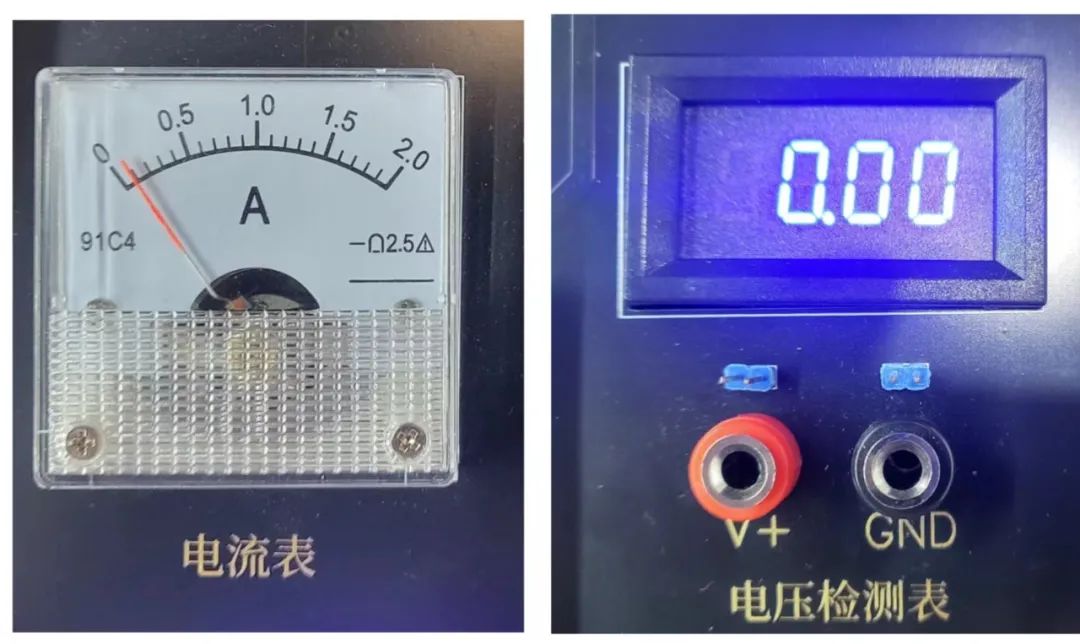
l 48PIN MCU: CW32F030C8T6 microcontroller, 64M clock frequency
l WCHLINK download debugger;
l 5V, GND, 3.3V power supply, output through 2.54mm single-row pin header;
l All GPIOs are output through 2.54mm (100mil) pitch dual-row pin headers;
l One system reset button (NRST button on the core board)
l Power LED indicator (3.3V power indicator on the core board);
l 3 user buttons;
l 3 LED lights;
l One 1.77TFT display;
l One active buzzer;
l One potentiometer;
l Bluetooth interface;
l WIFI interface;
l Electronic scale interface;
l DHT11 temperature and humidity interface;
l ESP8266 interface
l Expansion board interface
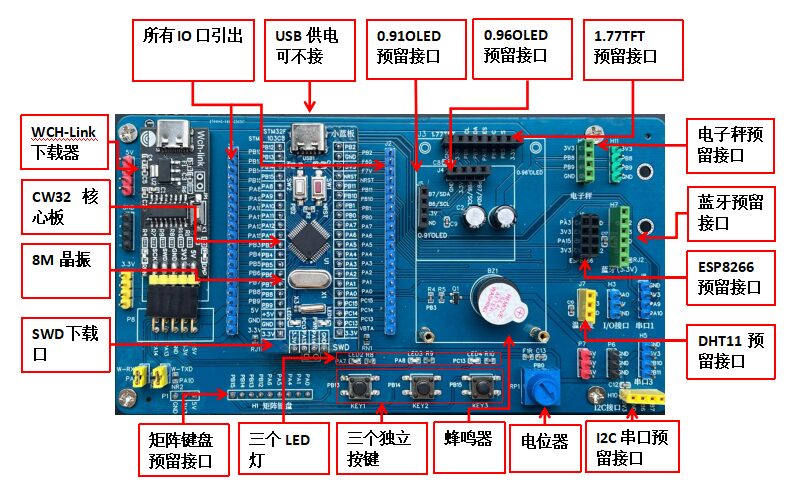
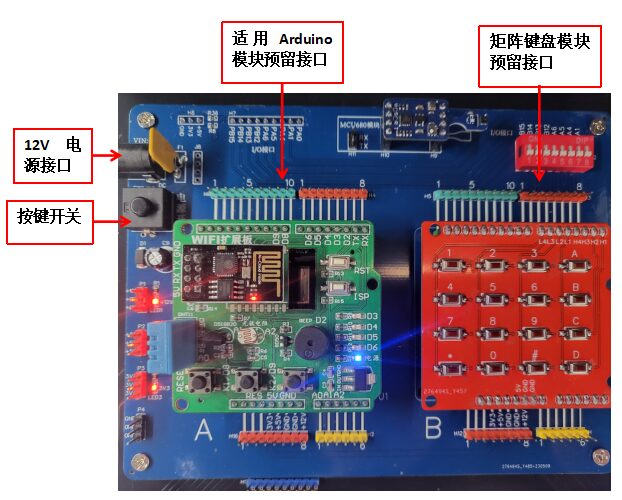
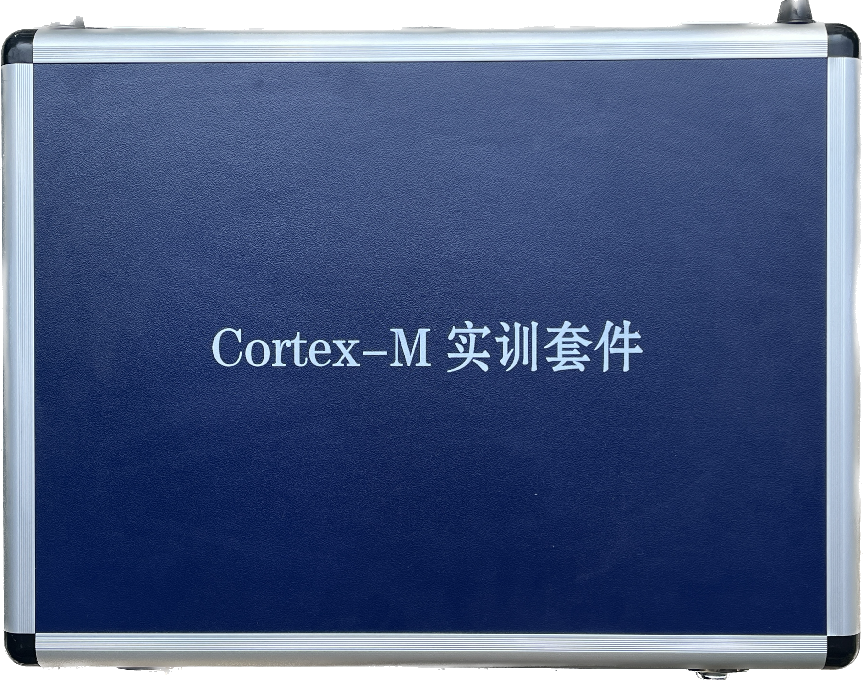
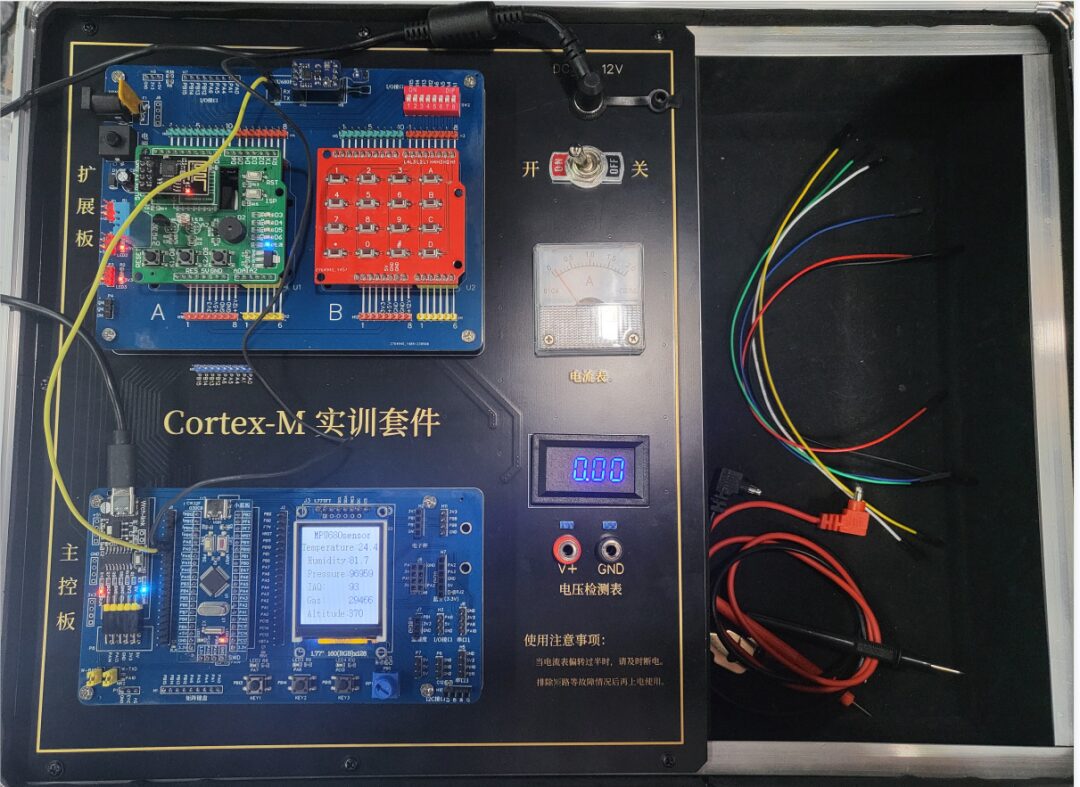
If needed, please contact us through the public account backend!